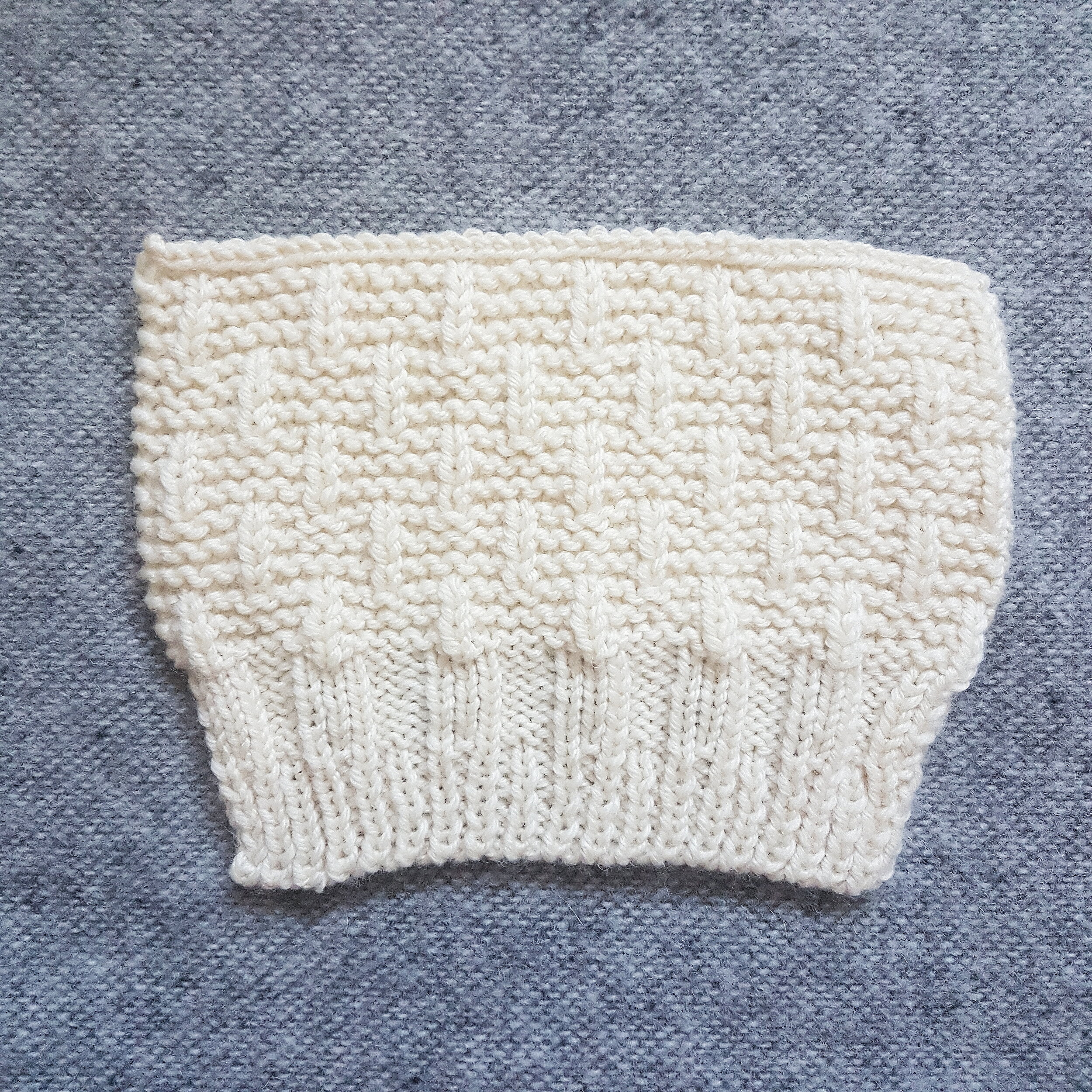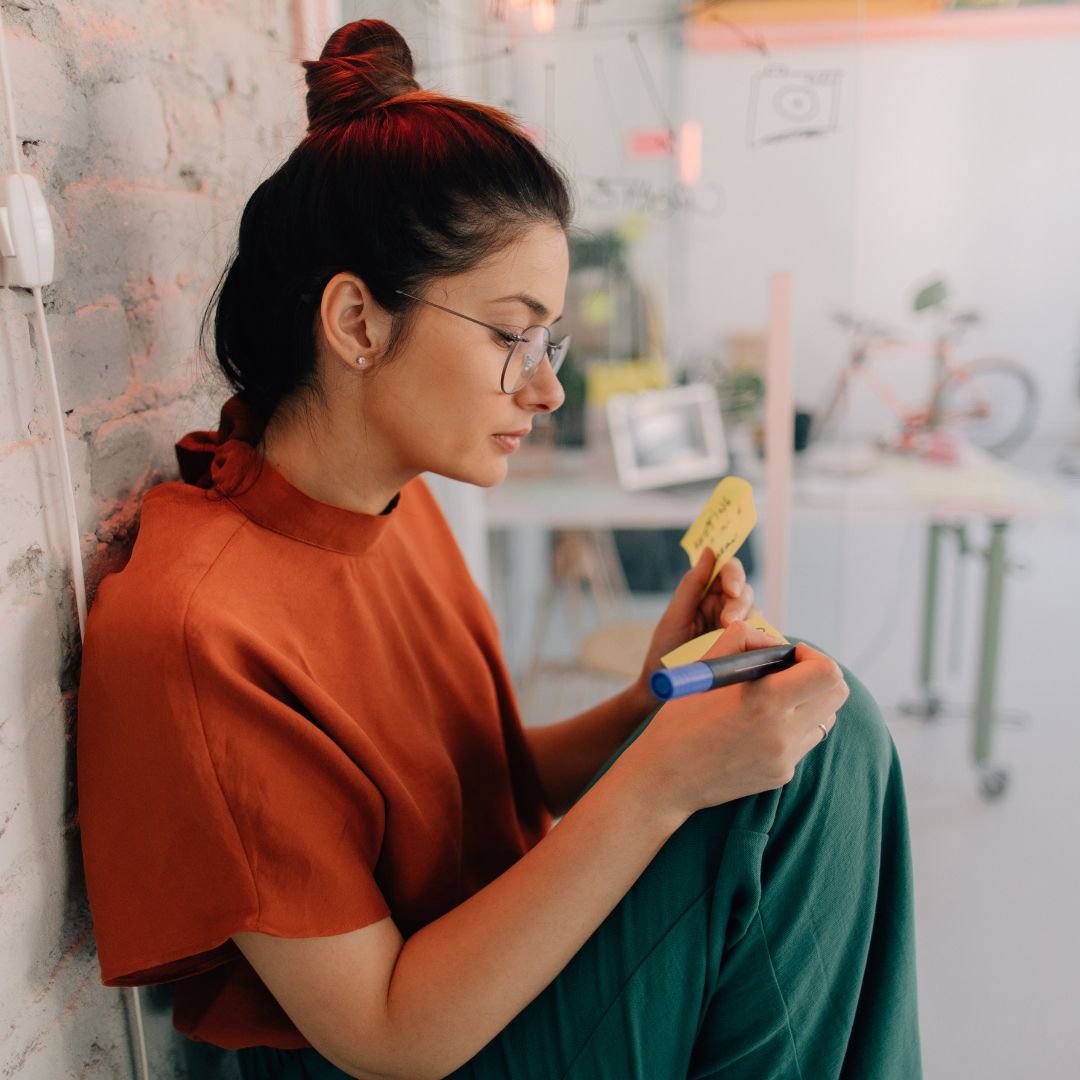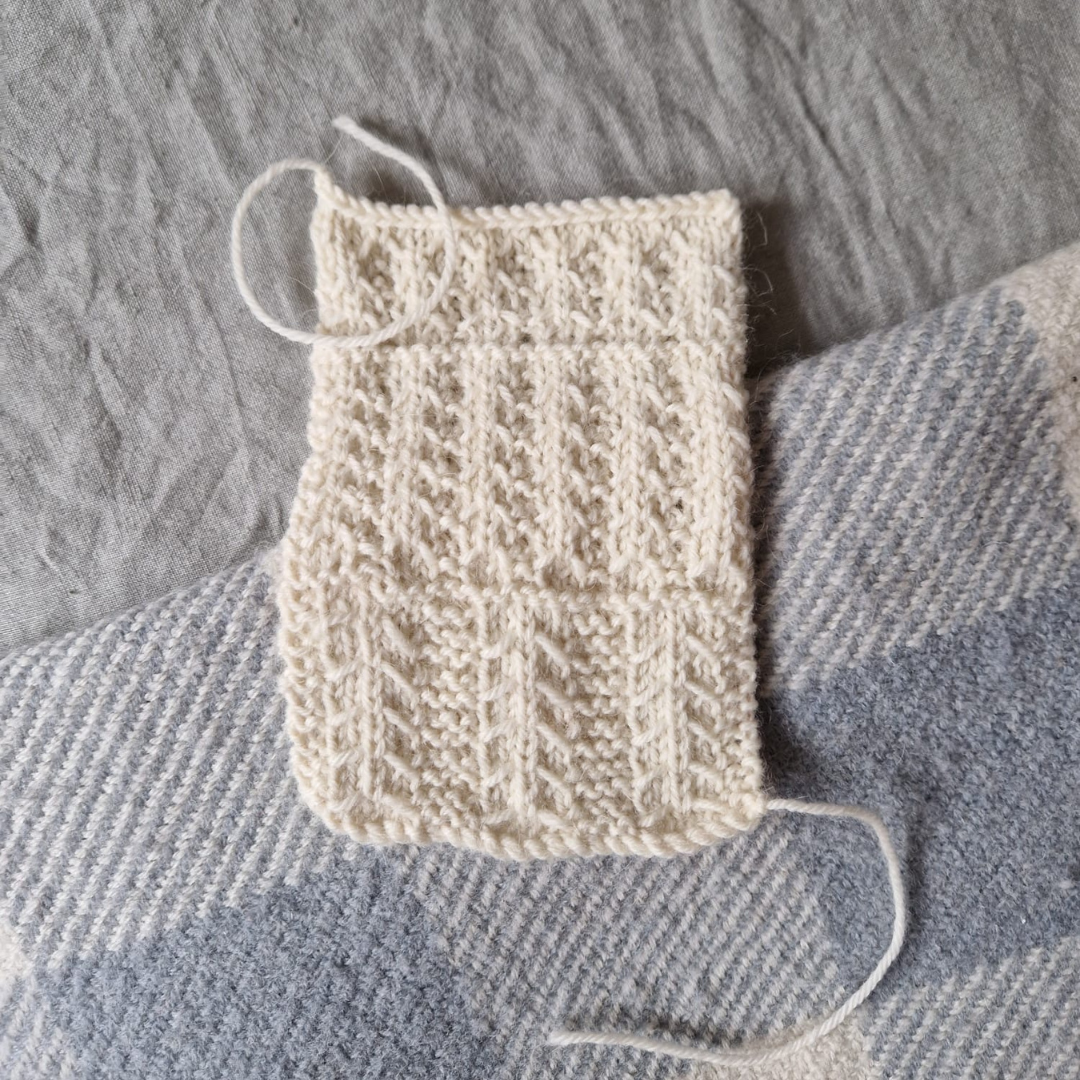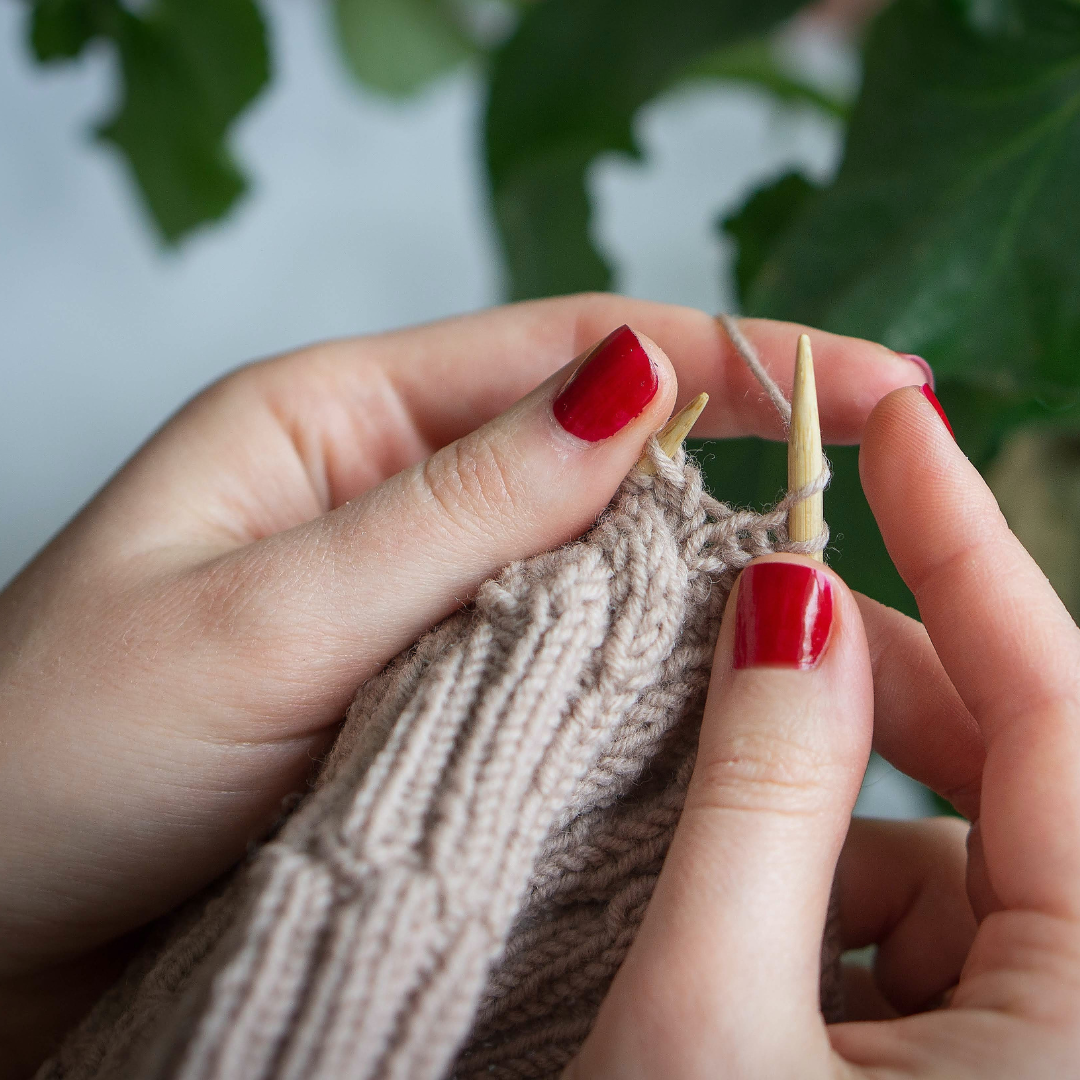Fabric 101 for Knitting Pattern Designers
Just like you have to carefully consider your fabric choice when sewing, you must put a lot of thought into your “fabric” choice when you’re designing knitting patterns too.
One of the things I love about knitting pattern design is that you get complete control over the design process.
It’s not like sewing where you need to select a fabric to work with - when you’re designing a knitting pattern, you’re designing the fabric as well as the garment!
Just like you have to carefully consider your fabric choice when sewing, you must put a lot of thought into your “fabric” choice when you’re designing knitting patterns too.
Some designers start with the fabric before they design the silhouette, whilst others do it the opposite way around.
However you design, you must make sure that your fabric works with your intended design. In this blog post, I show you the three things to consider when designing fabric for knitting patterns and why.
Drape
Drape is a fabric quality that describes how a fabric hangs: fabrics with lots of drape are fluid and flowing, whilst fabrics with less drape will have more structure.
You can adjust the drape by playing around with:
Gauge: tighter knits will have less drape, whilst looser will have more
Fibre: silk, linen and alpaca have lots of drape whilst bouncy wool has much less
Stitch: dense stitches such as cables create more structure in the fabric whilst stockinette will be more fluid
If you swatch a knitted fabric that has amazing drape and fluidity, you shouldn’t design a sweater that needs a lot of structure. A structured garment requires a fabric with structure, otherwise, it won’t hold its shape.
Likewise, I don’t recommend that you design anything too form-fitting because you won’t be making full use of the fabric’s drape. Something more elegant and flowing, such as a waterfall cardigan or a voluminous shawl, will make the most of the fabric’s drape.
If you swatch a fabric that is quite bouncy with very little drape, it will be better-suited to a more form-fitting design or something that is intended to stand away from the body.
Stitch/Yarn Pairing
When designing your fabric, you must consider how the yarn and the stitch pair together. It’s important that they complement rather than overpower each other.
Yarns with a strong halo or a lot of colour variegation will draw attention away from a beautiful stitch.
If you want to use a highly textural or colourful yarn, make that the focal point rather than trying to use intricate stitchwork.
Additionally, when you want to use an intricate stitch, choose a subtle yarn with great stitch definition. There is little point in using a stitch with poor stitch definition for something heavily cabled or textured!
Stretch
All knitted fabrics stretch but some more than others. Lots of stretch in a fabric can be both a good or a bad thing, depending on what you are trying to create.
Stretch is usually created through the type of stitch you use. Certain stitches, such as brioche, will have lots of stretch, whilst others have barely any stretch, such as linen stitch.
Wool knits have great memory, which means that they can stretch with the body as it moves and spring back to their original shape - especially after blocking. This makes them ideal for anything form-fitting where areas such as the elbows or seat can stretch out of shape.
However, fabrics knitted in pure alpaca can lose their shape quite quickly due to the fabric’s heavy drape and lack of memory. A brioche hat designed in alpaca is likely to stretch out of shape to the point of becoming unwearable!
I hope this article encourages you to think more carefully about exactly what you are looking for from your knitted fabrics, rather than just picking a yarn you like and doing whatever you want with it. Making decisions based on how your fabric behaves is a big part of designing successful patterns.
Discussion
What did you learn about designing knitted fabrics today? Share your takeaways with the Sisterhood in the comments section below.













